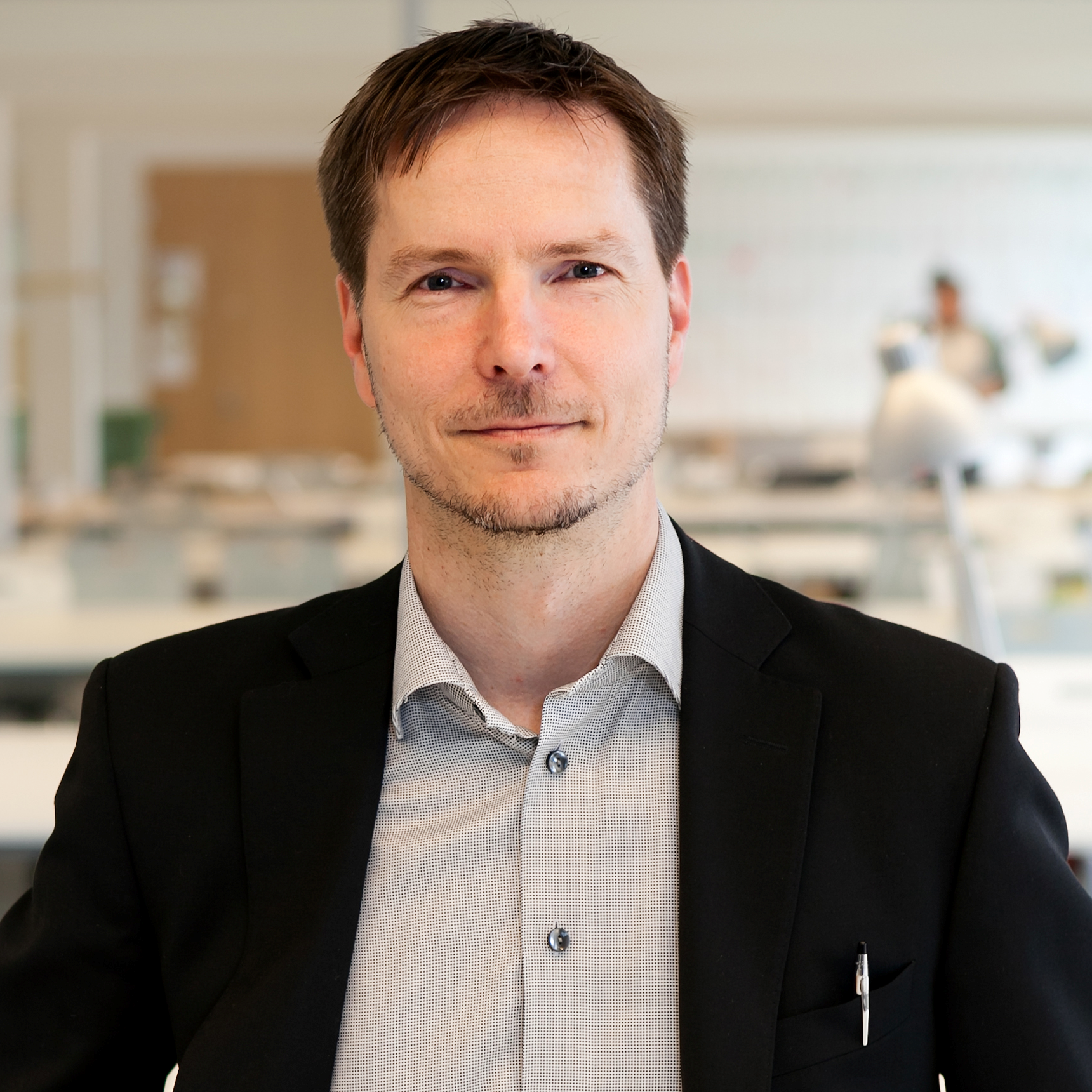Cheaper transportation and less hassle on-site
Using lightweight materials, such as wood elements, benefits the constructor and puts less pressure to the surrounding infrastructure. Material handling and internal logistics on-site are reduced, which in turn leads to less waste production. Furthermore, lighter construction materials are less costly and more energy efficient to transport.
“Depending on material and transportation distances, logistics can form an important part of all production costs, ranging from 12 to 30 per cent. Research has shown that if materials are provided by one central supplier instead of many, 6 per cent cost savings in logistics can be accomplished,” Matti Kuittinen, architect and researcher from Aalto University, points out.





